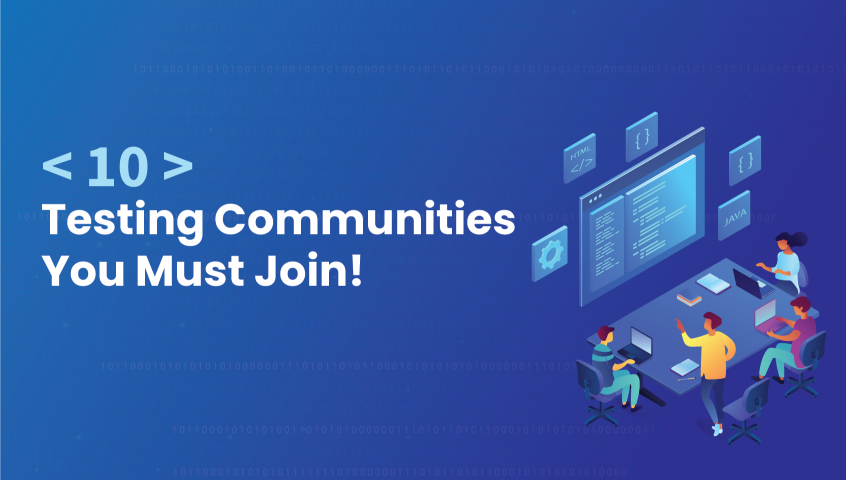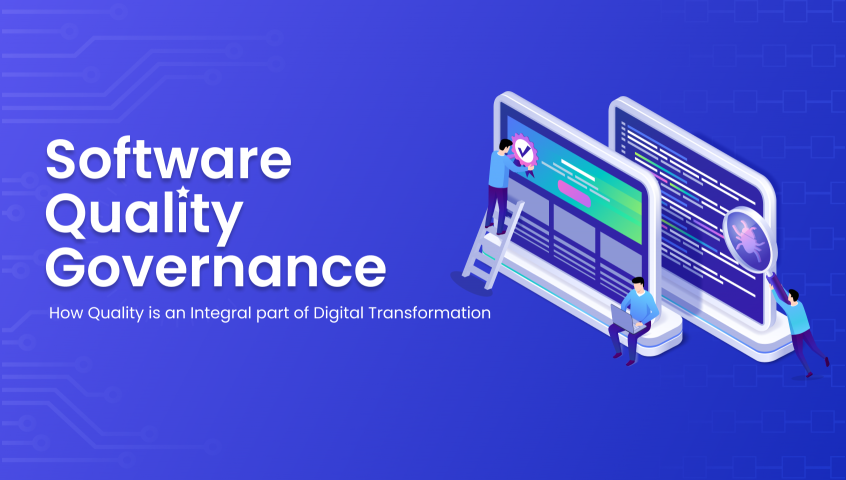Software Quality Governance
In the ever-evolving realm of software development, ensuring the quality of the final product is paramount. Software Quality Governance emerges as a critical component, shaping the software development process to meet the highest standards. At its core, software quality governance is a set of practices, policies, and guidelines aimed at overseeing and maintaining the quality of software throughout its lifecycle.
The Pillars of Governance - Software Quality Governance stands tall on three fundamental pillars: Policy Formation, Implementation Strategies, and Continuous Monitoring. Each plays a pivotal role in ensuring that the software aligns with pre-defined quality benchmarks.
Software Quality Governance is multifaceted, primarily ensuring alignment of developed software with industry standards through rigorous adherence to coding practices, security measures, and performance benchmarks. Beyond mere compliance, its proactive stance shields against potential risks by swiftly identifying and mitigating issues, averting them from evolving into critical problems. The governance framework goes further by optimizing development processes, streamlining workflows to enhance efficiency, reduce time-to-market, and elevate overall productivity. Software Quality Governance acts as a strategic enabler for high-quality software development.
The future landscape of Software Quality Governance is marked by transformative trends poised to elevate the industry. Leveraging Artificial Intelligence (AI) and automation enables real-time monitoring, expeditious issue resolution, and proactive quality assurance. As security takes center stage, blockchain technology is positioned as a pivotal guardian, ensuring the enduring integrity and security of software throughout its entire lifecycle. Furthermore, the evolution towards DevSecOps signifies a seamless integration of Development, Security, and Operations. This holistic approach intricately embeds security practices into the very fabric of the development process, fostering a comprehensive and preemptive security posture from the outset. These forward-looking trends underscore the dynamic nature of Software Quality Governance, propelling it into a future where innovation and security coalesce for optimal software development outcomes.
Implementing Software Quality Governance is not without its hurdles, and two key challenges stand out prominently. The first challenge lies in the resistance to change, particularly from teams entrenched in established workflows. The introduction of new governance policies may face pushback, requiring a delicate approach to navigate through this resistance. Resource constraints, especially pertinent for smaller organizations, pose another significant hurdle. Robust governance demands investments in technology, training, and personnel, posing a considerable challenge for organizations with limited resources. However, a practical approach to overcoming these challenges involves a gradual implementation strategy. Introducing governance practices slowly allows teams to adapt organically, minimizing the feeling of being overwhelmed. Additionally, addressing resource constraints can be facilitated by investing in the training and development of existing personnel, ensuring that teams are well-equipped to implement and adhere to governance protocols. This pragmatic approach ensures a smoother integration of Software Quality Governance, mitigating resistance and resource challenges effectively.
Software Quality Governance is not a mere regulatory burden but a strategic investment in the success of software development endeavors. The benefits far outweigh the challenges, and with an eye on future trends, embracing governance becomes imperative for sustained excellence in the software industry.
In the business realm, the security of digital assets is pivotal for su
Seeking professional insights or valuable connections in the realm of s
In the fast-paced digital landscape of current times, businesses are co




